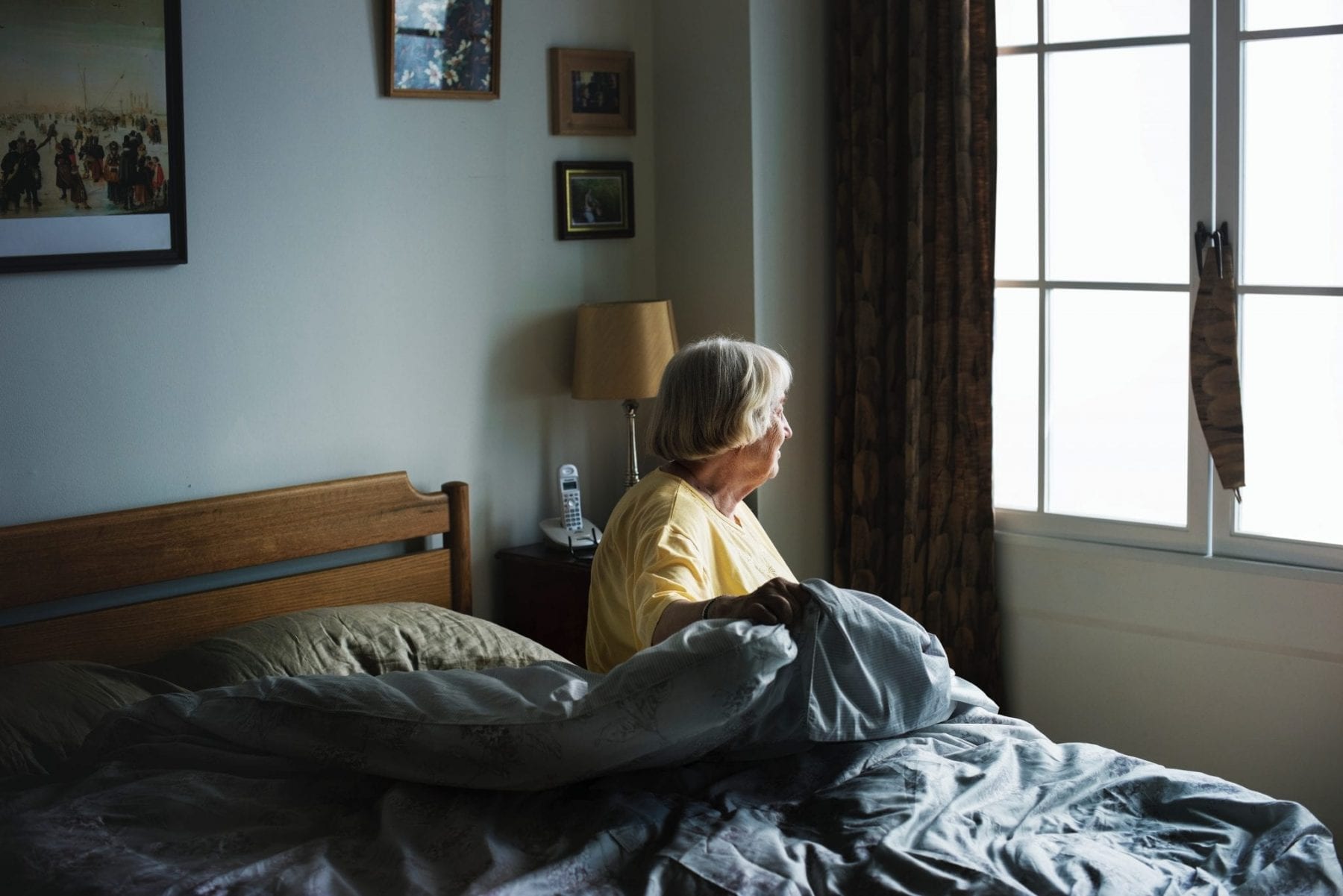Bed Bugs in Nursing Homes: The 5 W’s
In the last couple of years, the media has been flooded with reports of wide-spread bed bug infestations, ranging from schools, courtrooms, libraries, and more recently, nursing homes, senior living facilities, and assisted living homes. Staff of nursing homes have been alarming the general public through social media outlets and news reports about their growing concern for the safety of the residents and patients. Many report that there are extensive use of chemical treatments, but have a lack of success and is creating negative living experiences for its visitors and residents. Although bed bugs are not known to carry any diseases, they can be irritating, which can lead to both mental and physical harm.
What are bed bugs?
 Lurking in the seams of bed mattresses and in the cracks and crevices within furniture, bed bugs are one of the most difficult pests to eradicate. Only the size of an apple seed, bed bugs stay hidden until their host is close and still enough, which most of the time is when they are asleep. Every 3-4 days they will come out and feed on their host for 5 minutes, then retreat back to their hiding spot where they will digest or if they are a female, lay eggs. Those eggs will eventually grow into nymphs then adult bed bugs within seven weeks. Thankfully, these pests are not known to carry any diseases, but can be quite a nuisance. Also, bed bug bite reactions are not consistent. Some people will develop small to medium red welts and others won’t have a reaction at all. Because of the anesthetic in their saliva, many people don’t know they are being bitten at all. This often leads to people not even knowing they have bed bugs until its a full blown infestation!
Lurking in the seams of bed mattresses and in the cracks and crevices within furniture, bed bugs are one of the most difficult pests to eradicate. Only the size of an apple seed, bed bugs stay hidden until their host is close and still enough, which most of the time is when they are asleep. Every 3-4 days they will come out and feed on their host for 5 minutes, then retreat back to their hiding spot where they will digest or if they are a female, lay eggs. Those eggs will eventually grow into nymphs then adult bed bugs within seven weeks. Thankfully, these pests are not known to carry any diseases, but can be quite a nuisance. Also, bed bug bite reactions are not consistent. Some people will develop small to medium red welts and others won’t have a reaction at all. Because of the anesthetic in their saliva, many people don’t know they are being bitten at all. This often leads to people not even knowing they have bed bugs until its a full blown infestation!
Who is affected by bed bugs in nursing homes?
Ultimately everyone that is associated with the assisted living facilities is affected, due to the fact that bed bugs are infamous hitchhikers that play no bias to its victims. If a residential home has bed bugs, everyone that comes into the home is affected or has a chance to come in contact with them. Unfortunately, the residents are the ones who are subjected to the bed bugs nightly feeding sessions.
Where would bed bugs be hiding in nursing homes?
If there was a bed bug infestation in the nursing home, they might be in the following locations:
- Resident bed mattresses
- Furniture in common areas
- Electrical outlets
- Staff lounge furniture
- Any other upholstered furniture
When are nursing homes at a higher risk for getting bed bugs?
There is not a period of time in which anyone or anywhere is able to avoid getting bed bugs. But there are periods in which their movements are less and times when they are much more active. During the winter, for example, bed bugs manipulate their body fluids to withstand the cold temperatures which causes them to not move as readily as they would in the summer. During the summer on the other hand, bed bugs are much more active. On top of that, there is an increase in the amount of travel that people are doing which enables bed bugs to spread their population to new victims. This behavior affects all places and people.
In terms of nursing homes, you can expect there to be a higher risk of bed bugs during the holidays. During these times visitors come to visit much more often. This means there is a higher chance of one of them having bed bugs and spreading them to the nursing home.
Why are assisted living facilities at a higher risk of having bed bugs?
First, it is important to clarify that anyone can get bed bugs. Any place or any person has a chance of having bed bugs. Merely being in the wrong place at the wrong time. But there are some places that have a higher risk and its due to the amount of rotating traffic. Like hotels, nursing homes have an optimal set up for bed bugs. An ideal place to hide, hosts, rotating visitors, and population density.
Also, it is worthy to note that some staff members do work second jobs as caretakers. Where they go into people homes and provide the attention needed. Many of these people that require a caregiver are not cleaning at an extensive level and using common bed bug prevention, which leads to hidden pests. As part of their position, caregivers often end up moving or touching areas that bed bugs are common. Bed bugs will then end up on them, which can go right back to the senior living home. To prevent this from happening, many caregivers will wear disposable shoe covers, spray down their shoes with 90% alcohol, and high heat dry their clothes before going elsewhere.
Nursing home staff should be trained to look for signs of bed bugs in order to ensure a better life experience and safety for their patients.
If you are a resident, staff member, a relative of a resident, or administration of a nursing home or senior living facilities and believe you might have bed bugs, call Bed Bug BBQ at (216) 221- 1227 or contact us through our website. We do bed bug heat treatments, which contain NO pesticides or chemicals that could be harmful to residents or anyone with respiratory issues.
Stay #BedBugFree Cleveland! ✌







